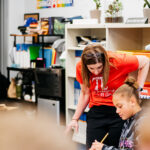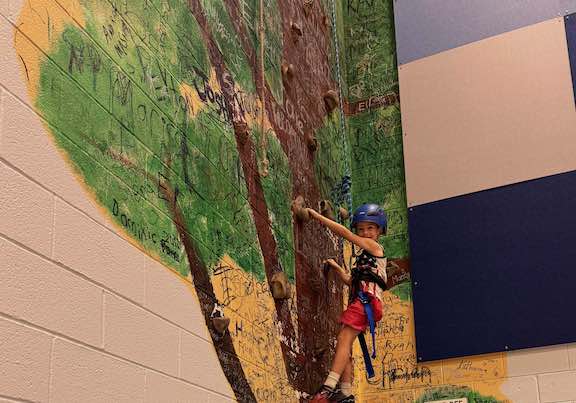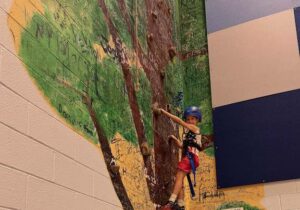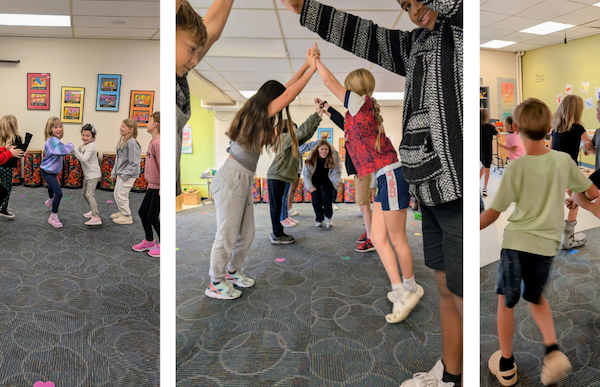
5 Practical Ways to Support Learning
September 27, 2024
Reducing the Mental Load
October 21, 2024
As Head of Lower School & Middle School, I have the honor of getting to see remarkable transformations happen for our students.
I get to celebrate the efforts and accomplishments of their personal goal setting. I get to watch those who overcome their fears by taking a leadership role in the Student Council. I also get to listen to many students practice giving speeches each spring. One thing that is true in all of those moments is that our students were capable of so much more than they first realized. They just needed feedback, strategies and scaffolding to make it happen.
In reflecting on my early years as an educator, I was resistant to pointing out the shortcomings of my students with learning disabilities. In my mind I thought, “they already know they are struggling, they just need encouragement, not another person pointing out their weaknesses.” What I hadn’t understood yet was that they needed both! They needed me to see their struggles, understand what the breakdown was, and then help them figure out a plan. They needed me to believe in them so much that I would take the time to help them see what they couldn’t see YET.
One of our now-retired teachers, Corrinne Thaler (44 years at Springer), had a powerful phrase she used to say to her students. It struck me the first time I heard her say it and continues to ring in my mind when I see a student that doesn’t think there is a chance of success. “You don’t know it yet, but you can do this.” Then she would help them set small manageable steps to do the unimaginable task.
While it is wonderful for students to hear “I believe in you” and “You can do this,” we are missing the mark if we don’t carry that a step further by giving them strategic feedback.
Feedback gives students the missing piece that can move their learning further than they would on their own. If they are struggling, kindly and encouragingly tell them what you are seeing. “I noticed when you read a word incorrectly, you just keep on moving. For example, in that line, you read ‘coach’ instead of ‘couch’. Those words look really similar and the vowels can be tricky but those two words really change the meaning of the sentence! When you try to answer questions after you read the story you won’t have an accurate picture of what was going on in the passage. I want you to try this. When you read a word that you aren’t sure of, stop and ask yourself if that makes sense. Would you get home from school and throw your backpack on the coach? No way! But you might throw it on the couch!”
Next time, when that student self corrects, point out what they did. Help them see that they used the strategy they learned and it worked! “You noticed that word did not make sense! Nice work going back and taking another look.” Gradually, they will see the progress they are making and will implement those strategies with less and less support.
Time and again, students reflect on their time at Springer with astonishment. They still have a learning disability but it doesn’t limit their potential. They understand why they struggle, specific ways it impacts their learning, and strategies they can use to help them overcome those obstacles. Supportive feedback is critical to that process.
Guest Blogger Shanda Arthur is Head of Springer Lower School & Middle School.




